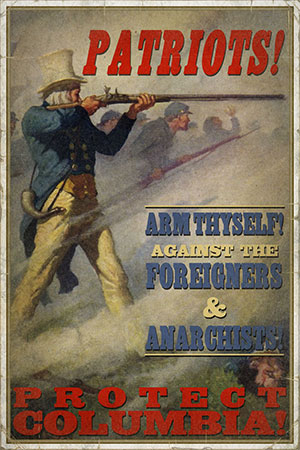

“We’re not so different, you and I,” seems to be the primary position of many gaming villains these days Image: Ubisoft Montreal/Ubisoft No matter how much developers prefer heroes and villains that are sympathetic, games already implicitly frame characters as heroic or villainous, even if they go out of their way to get us to sympathize with the villain or question the hero’s motives. That can be seen in how we are instinctively drawn to those we admire and define as heroes, even in morally gray games. One author takes this a step further by eschewing the concept of good and evil altogether in fiction.ĭespite the recent preference for gray stories, however, black-and-white morality has always been hardwired into our consciousness.
Bioshock infinite racism series#
The Last of Us Part 2 was certainly a success and the Far Cry series shows no sign of slowing down. Many AAA games lend credence to the argument that moral ambiguities inherently make for richer, better narratives. While the heroes are good, and always find a way to succeed despite the odds, even if they have to strain against their own moral codes.Įven though games featuring such morality have fallen out of fashion, we still need more of such tales of absolute morality in games - back to the days of where goodness and evil are staunchly and dynamically opposed in their stories. Tales of black-and-white morality feature enemies that have always been bad, and will always be bad. brains behind the machinations of Metroid, I guess. Samus Aran blasts aliens to smithereens, versus the ghastly Mother Brain, who’s the. Guybrush Threepwood of Monkey Island fame rescues his lover as the earnest, wannabe outlaw, the antithesis to LeChuck’s scheming, undead pirate captain. The distrust of black-and-white tales may stem from their prominence in many child-friendly franchises: Mario saves the princess, while Bowser kidnaps her.

Our lives are already gray, and these shades seem to keep getting muddier.

Gray morality presents a worldview that states these two poles aren’t that different: a perspective that actually widens the disparity in our fractured world.


 0 kommentar(er)
0 kommentar(er)
